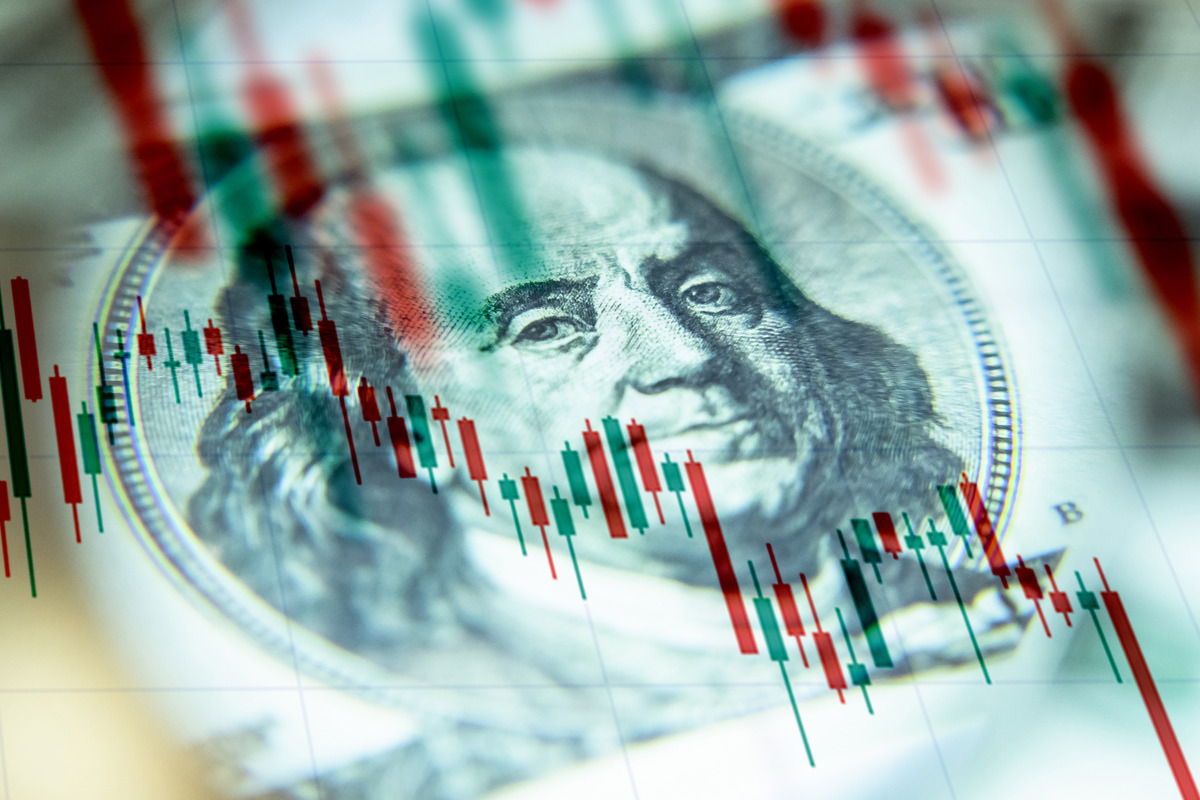If you speak to your average American, they will tell you the economy is not in a good place right now. In fact, 56 percent of people believe the economy is in a recession, even though the unemployment rate sits at 4.1 percent. For reference, unemployment was at 3.8 percent in 2019 and 10 percent at the peak of the Great Recession in 2008. By solely looking at the data, the economy is humming along nicely, while 49 percent of people think unemployment is at a fifty-year high.
If you look at the reality of the job numbers, the economy isn’t showing to be in a bad place. Unemployment is low, and people are still spending money. In 2024, holiday travel was the busiest it has ever been. That isn’t indicative of a recession.
The data is confusing because even though it reflects a robust economy, it doesn’t feel that way to most Americans. Most families in the middle and lower classes are struggling. Buying groceries and gas has become an all too often reminder that their money isn’t stretching as far. It is getting harder to get by on just one job, and many people are working two jobs to get by.
The easy answer to this confusion is the government is lying about the job data itself. Throughout the last four years, it was common to see the job numbers be reported and then altered to reflect a weaker economy each quarter. Yet, even keeping these adjustments in mind, the numbers are still reporting low unemployment. The real answer is that people are working, but many are looking for a better job. This is an important fact. These people are not unemployed, but they are working a job they are very overqualified for because it is the best job available they can find.
This trend of underemployment began after the Great Recession. If you look at the jobs data, you can make a good case we never fully recovered after 2008. Jobs slowly came back, but the pay and career options were not as robust as they were in 2007. This underemployment was the new normal, and we accepted it because most people were grateful to have a job after the recession began. They may not have been as well off as before, but well enough to live a comfortable life. This has continued as the new normal for the past fifteen years. It is why there is such a wealth gap between Gen X and Millennials, as the Millennials were coming into the job market right as the underemployment crisis was beginning.
However, even though we went for over a decade in the underemployment cycle, there was a fundamental change in 2020 that made underemployment more apparent. With the printing of money came massive inflation not seen since the seventies. This inflation, mixed with the already occurring underemployment, was a bad combination.
Since underemployment is difficult to track, the government doesn’t monitor it. This issue was massive and it was a snake in sheep’s clothing for the last fifteen years that is now rearing its ugly head. If you watch my YouTube channel, then you know I don’t see underemployment getting any better. With both AI and sending jobs overseas, high-quality and high-paying jobs will be harder to come by.
Americans have been underemployed without even realizing it and now with inflation, this is going to be a massive issue for the new administration. Unemployment is affecting some, but underemployment is affecting at least half of the workforce. This, mixed with inflation, is going to rattle middle-class Americans because they are being squeezed too tightly on their everyday needs.
How Americans adjust to this new normal will remain to be seen. I think retirement and home ownership will be two things most affected by people’s lack of ability to save money, and that is a crisis in and of itself.




